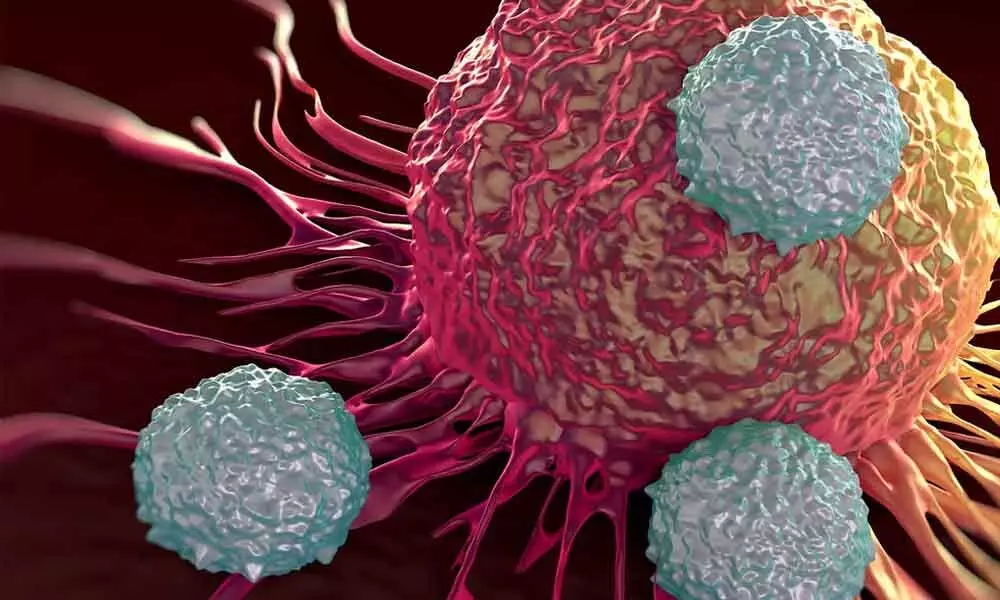Live
- Union Minister Bandi Sanjay Visits Injured Boy Sritej at KIMS Hospital
- Construction of over 1,000 bridges underway in Assam: CM Sarma
- Telangana IAS Officers wives association meets president Droupadi Murmu
- Nara Devaansh Sets World Record with Checkmate Marathon
- India set to become developed nation by 2047: Haryana CM
- Allu Arjun’s house attacked by protesters demanding compensation for the stampede victim
- Several Gulf countries impose visa ban on Pakistanis over their involvement in crime, fraud and begging
- Public outrage in Jharkhand's Giridih over murder, police station gheraoed
- Santosh Trophy: Meghalaya edge Goa 1-0 to secure QF berth
- Army's swift action prevented Kolkata fire from spreading: Defence Ministry









